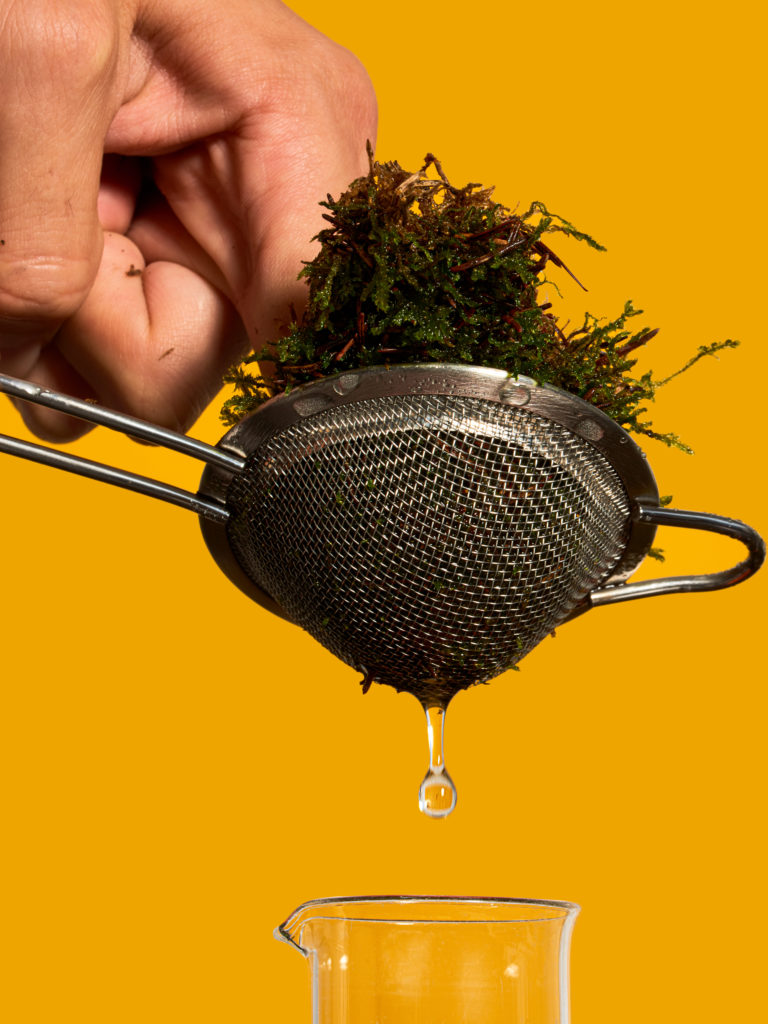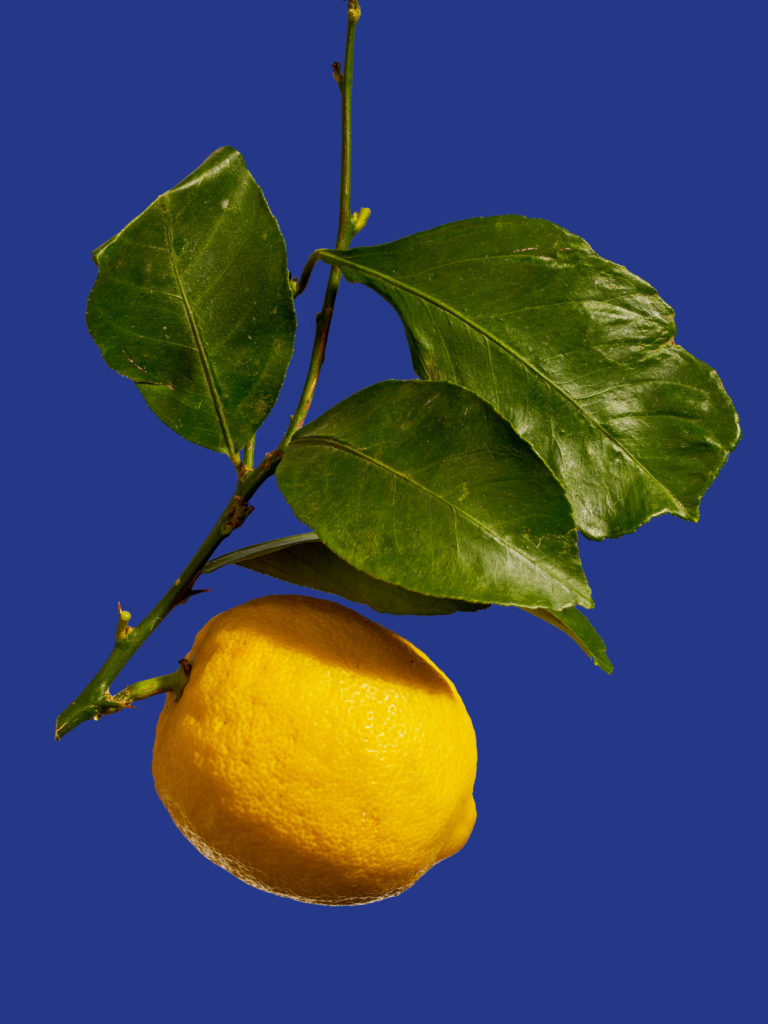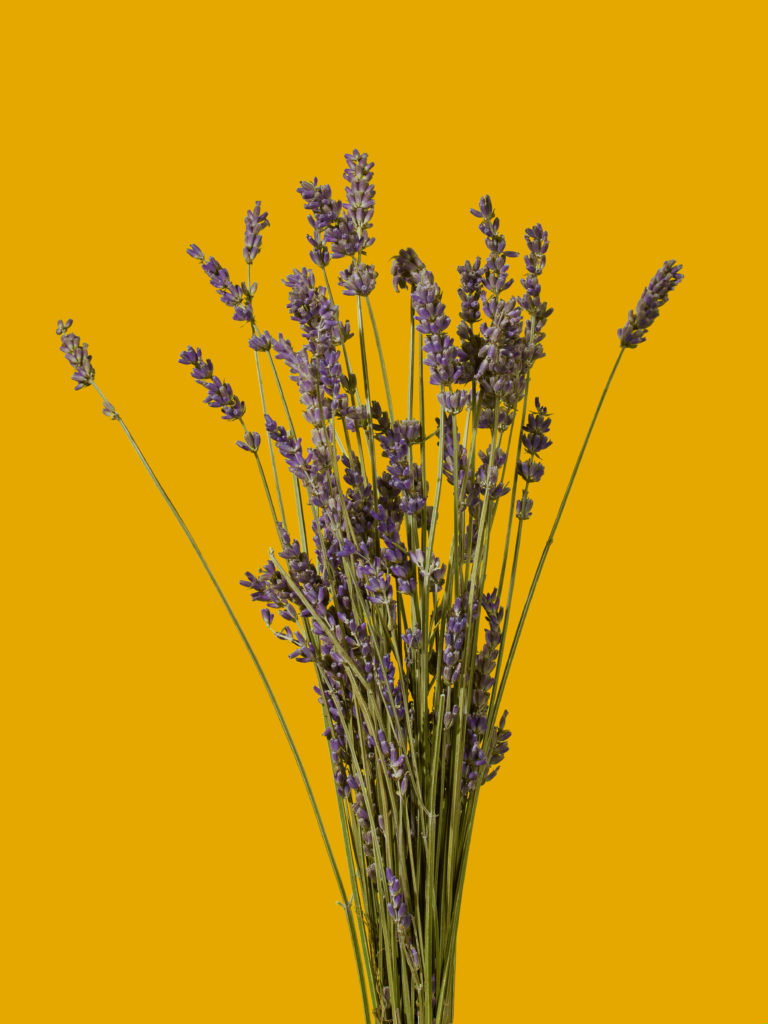Your perfume is like a second skin. It is representative of your tastes, your personality, or simply your mood of the day. Every year, several hundred new perfumes are created, making it harder to find your way through all these smells. Fortunately, olfactory families categorize all these creations and help you choose your perfume. They classify each perfume according to the ingredients that make it up. And once you know which family you like, it helps you choose more confidently and discover new scents. We’ll tell you more about this perfume-lover’s secret.
Why create olfactory families?
The first classification in perfumery dates back to the beginning of the 20th century, when the perfume industry was booming. Fashion designers were starting up, perfume houses were multiplying, and the ever-increasing number of launches soon required a precise classification.
This is even truer since the appearance of synthetic molecules that enrich the already vast palette of perfumers. To do that, the olfactory families were then divided into facets to characterize the new compositions better.
A short history of classification in perfumery

The French Society of Perfumers established the classification system currently in use in 1984. This association, created in 1942, aims to promote and defend French perfume’s quality and expertise and the values of the Perfumer-Creator profession. The primary purpose of this system is to categorize perfumes according to their main olfactory characteristics. Today, there are 7 families of perfumes: woody, chypre, leathery (vegan!), floral, ferns, citrus and oriental. This classification system remains the official reference in the field today.
In recent years, these main categories have been further enriched by sub-categories called “facets”. There are 11 main categories in total. Each perfume belonging to a family can thus present a different facet: aldehydic, amber, spicy, fruity, gourmand, marine, musky, fresh, powdery, or green.
The great olfactory families
Woody

Woody notes are essential in perfumery since they allow the perfume to be fixed in the base notes. Fragrances from the woody family are composed of accords derived from vegetable oils of wood (sandalwood, cedar) or plants (patchouli, vetiver). Thus, it is possible to create opulent fragrances (with patchouli, for example) or drier ones (with cedar). This family is appreciated for its eternal elegance.
Chypre
Chypre perfumes take their name from a fragrance created in 1917 by René

Coty called Chypre. This perfume caused a revolution in the world of perfumery, and was built around a new and extremely seductive accord. The chypre accord is traditionally composed of bergamot, rose, jasmine, cistus, patchouli, and oakmoss. However, some chypre scents are now accompanied by fruity, floral or oriental notes.
Floral

The floral family is one of the most important in perfumery. And as its name suggests, its main accord honors a flower or a bouquet. Perfumers can thus create accords around white flowers (jasmine, orange blossom, iris, tuberose), or perfumes built around rose, or powdery flowers like violet. These floral notes, which have had thousands of interpretations, each more virtuoso than the last, continue to be reinvented by new generations of perfumers that blend them with green, woodsy or fruity accords.
Citrus
The citrus family includes perfumes that use citrus fruits (lemon, mandarin,

grapefruit, orange, etc.) from which the essential oil is extracted. The name of this family (and category of fruit) is a reference to the golden apples of the Hesperides, which is one of the oldest olfactory families (like the floral ones). Historically its great moment of glory began with the arrival of eau de cologne. Citrus scents are fresh fragrances and can be lightly spicy, woody, or with a chypre base, depending on the trend.
Ferns

This family in no way refers to the smell of ferns! Like the chypre family, it takes its name from a perfumer’s revolutionary creation. Created in 1882 by Paul Parquet for the House of Houbigant, Fougère Royale made history for its innovative composition. Since then, numerous creations have vied with each other to imitate the original structure: a lavender head, a floral geranium heart, and a coumarin and oakmoss base. A family of fresh, invigorating, and elegant fragrances, ferns are reinventing themselves with new facets that are more leathery, fruity, or even floral!
Leather
The Society of Perfumers describes this family as follows: “It’s a very special

formulation, a slightly different idea of perfumery than what we usually conceive, with dry notes, very dry sometimes, trying to reproduce the characteristic smell of leather (smoke, burnt wood, birch, tobacco…) and top notes with floral inflections.” It has two traditional facets: either floral or tobacco (thus more woody, with hay notes). The leather notes go back to the origins of perfumery in France as it evokes the creations of glove-makers and perfumers from Grasse.
Indeed, the first perfumers were actually glove-makers who tried to camouflage the smell of their tanned leathers with fragrant compositions. This supremely chic (and vegan!) family has a lot of character.
Oriental

The oriental family appeared later in French perfume compositions, but today is a very important part of the creations. Oriental perfumes are known and appreciated for their sensuality. These are highly desirable perfumes that convey a message: I am all about seduction. Their warm, sweet, and bewitching accords are created using amber, balmy, resinous, or smoky notes. They also often have facets that are called “animal” because they evoke the scent of skin and leather.
At Sillages, every olfactory family is represented! So all you have to do is explore our different ingredients and create your personalized fragrance by discovering which family suits you best!
Let’s keep in touch! Follow us on Instagram 🙂

Social